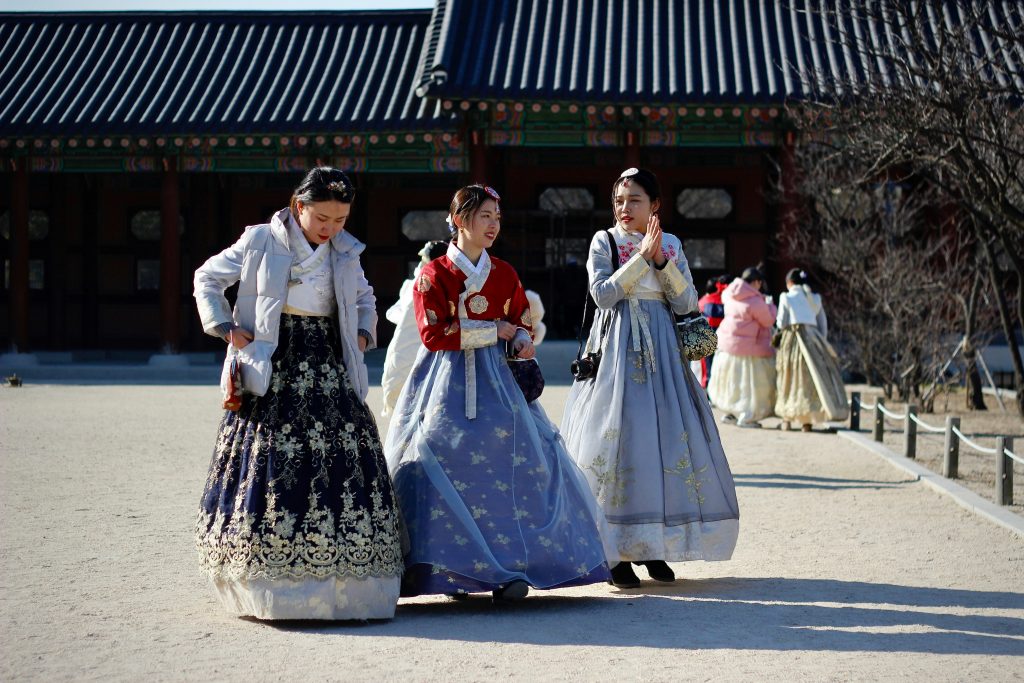
Television has always been a significant medium for storytelling, capable of influencing culture and reflecting societal changes. Among the myriad genres, cartoons and Korean dramas (K-dramas) have made a substantial impact globally. Each has its unique appeal, cultural significance, and evolution. This article delves into the rise of cartoons and K-dramas, their influence, and what the future holds for these beloved genres.
The Evolution of Cartoons
Cartoons, or animated television series, have been a staple of television since the early 20th century. They began as short films shown in theaters but soon found a permanent home on television.
Early Beginnings
The first animated series, such as “Merrie Melodies” and “Looney Tunes,” were created for theatrical release but quickly adapted to television in the 1950s. These cartoons featured iconic characters like Bugs Bunny, Daffy Duck, and Porky Pig, who became cultural icons.
The Golden Age of Cartoons
The 1980s and 1990s are often considered the golden age of television cartoons. Shows like “Transformers,” “He-Man and the Masters of the Universe,” “Teenage Mutant Ninja Turtles,” and “G.I. Joe” dominated the airwaves. These series were often tied to toy lines, creating a powerful synergy between television and consumer products.
Key Characteristics:
- Adventure and Action: Many cartoons from this era were filled with action, heroes, and epic battles.
- Merchandising: Shows were often tied to toys, comics, and other merchandise, creating extensive franchises.
- Cultural Impact: These cartoons left a lasting impression on pop culture, influencing everything from fashion to catchphrases.
The Rise of Animated Sitcoms
The late 1980s and 1990s also saw the rise of animated sitcoms aimed at both children and adults. “The Simpsons,” which debuted in 1989, became a groundbreaking show, blending humor, satire, and social commentary. It paved the way for other successful animated sitcoms like “Family Guy,” “South Park,” and “King of the Hill.”
Key Characteristics:
- Humor and Satire: These shows often use humor to critique society, politics, and culture.
- Multi-generational Appeal: They attract both younger audiences and adults with layered humor and references.
- Cultural Reflection: Animated sitcoms often mirror and critique contemporary societal issues.
Modern Cartoons and Diversity
In recent years, cartoons have continued to evolve, becoming more diverse and inclusive. Shows like “Steven Universe,” “Adventure Time,” and “The Legend of Korra” have been praised for their representation of LGBTQ+ characters and themes. Additionally, modern cartoons often tackle complex issues like mental health, environmentalism, and social justice.
Key Characteristics:
- Inclusivity and Representation: Modern cartoons strive to represent diverse characters and stories.
- Complex Themes: They address complex and often serious themes in a manner accessible to all ages.
- Artistic Innovation: Many contemporary cartoons push the boundaries of animation with unique artistic styles and storytelling techniques.
The Global Phenomenon of K-Dramas
Korean dramas, commonly known as K-dramas, have taken the world by storm over the past two decades. Originating from South Korea, these television series have captured global audiences with their unique blend of romance, drama, and cultural elements.
Early History and Growth
The roots of K-dramas can be traced back to the 1960s and 1970s, but it wasn’t until the 1990s that they began to gain significant popularity. The Korean Wave, or Hallyu, saw the spread of Korean culture across Asia and eventually the world, driven by K-pop, films, and television dramas.
Key Early Shows:
- “Winter Sonata” (2002): One of the first K-dramas to gain international fame, it helped popularize the genre in Japan and beyond.
- “Dae Jang Geum” (2003): A historical drama that achieved immense popularity, contributing to the global appeal of K-dramas.
Characteristics of K-Dramas
K-dramas are known for their distinct style and format, which often differ from Western television series.
Key Characteristics:
- Episode Length and Format: K-dramas typically have 16-20 episodes per season, with each episode lasting around 60 minutes. This concise format allows for tight storytelling without filler episodes.
- Genres and Themes: While romance is a predominant theme, K-dramas also explore genres like historical (sageuk), fantasy, thriller, and comedy.
- High Production Values: K-dramas are known for their high-quality production, including beautiful cinematography, elaborate sets, and well-crafted costumes.
- Cultural Elements: They often incorporate elements of Korean culture, such as traditional food, festivals, and customs, providing an authentic glimpse into Korean life.
The International Appeal of K-Dramas
K-dramas have gained a massive international following, particularly through streaming platforms like Netflix, Viki, and Kocowa. Subtitled in multiple languages, they have become accessible to a global audience.
Key Factors for Global Popularity:
- Relatable Storylines: Universal themes of love, family, and personal growth resonate with viewers worldwide.
- Strong Emotional Engagement: K-dramas are known for their ability to evoke strong emotional responses, from heart-wrenching tears to joyous laughter.
- Cultural Curiosity: As interest in Korean culture grows, K-dramas provide an immersive cultural experience.
The Future of K-Dramas
The future of K-dramas looks promising, with continued innovation and expansion. Emerging trends include more diverse storytelling, increased collaboration with international studios, and the exploration of new genres.
Future Trends:
- Global Collaborations: Joint productions with international studios and actors are likely to become more common, expanding the reach and appeal of K-dramas.
- Genre Exploration: K-dramas will continue to experiment with new genres and storytelling techniques, catering to a broader range of interests.
- Digital Innovation: Advances in technology, such as augmented reality (AR) and virtual reality (VR), could offer new ways to experience and engage with K-dramas.
Conclusion: The Cultural Impact of Cartoons and K-Dramas
Cartoons and K-dramas, though distinct in their origins and styles, share a common thread of significant cultural impact. Cartoons have evolved from simple animated shorts to complex, diverse narratives that reflect and critique society. K-dramas have grown from regional entertainment to a global phenomenon, captivating audiences with their emotional depth and cultural richness.
Both genres continue to innovate and adapt, ensuring their relevance and appeal in an ever-changing media landscape. As they evolve, cartoons and K-dramas will undoubtedly continue to influence and inspire audiences around the world, showcasing the power of storytelling and cultural exchange.
